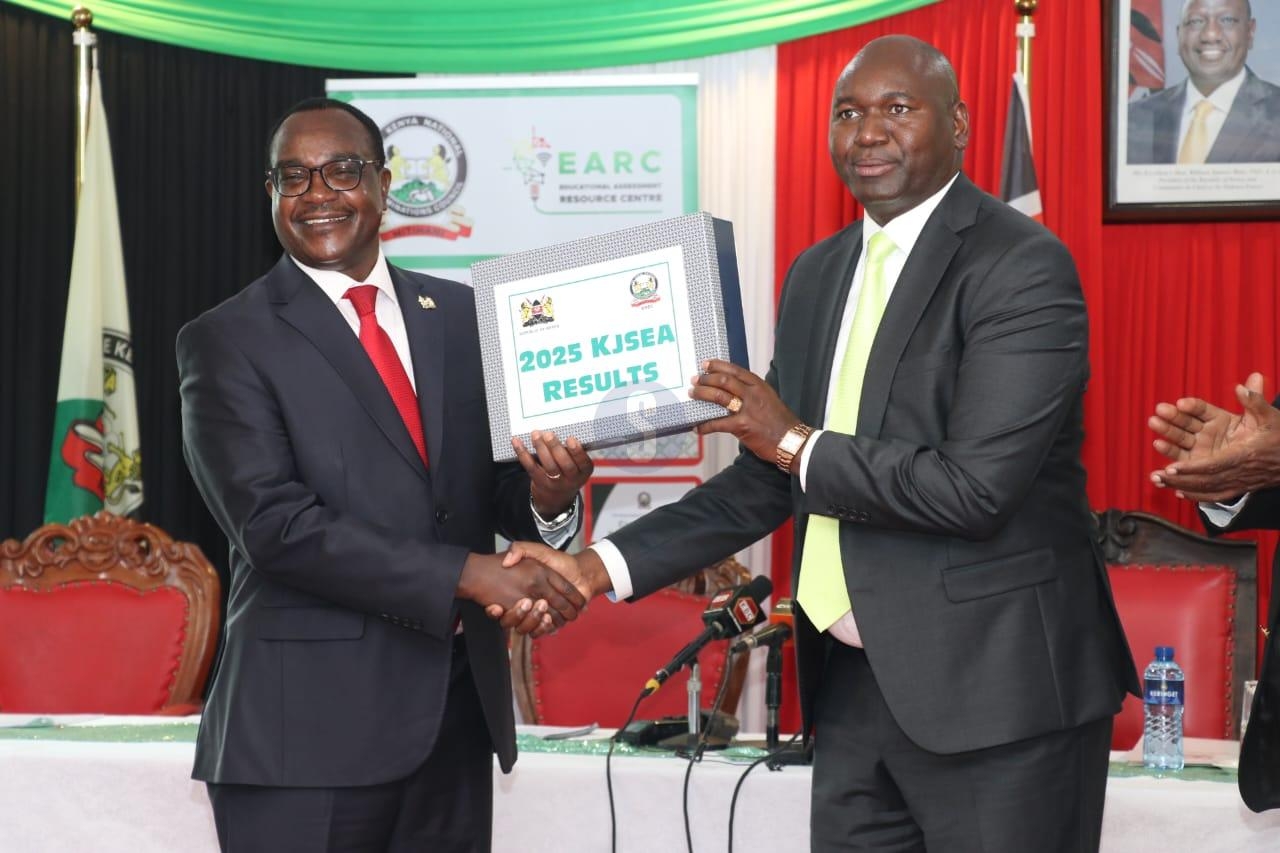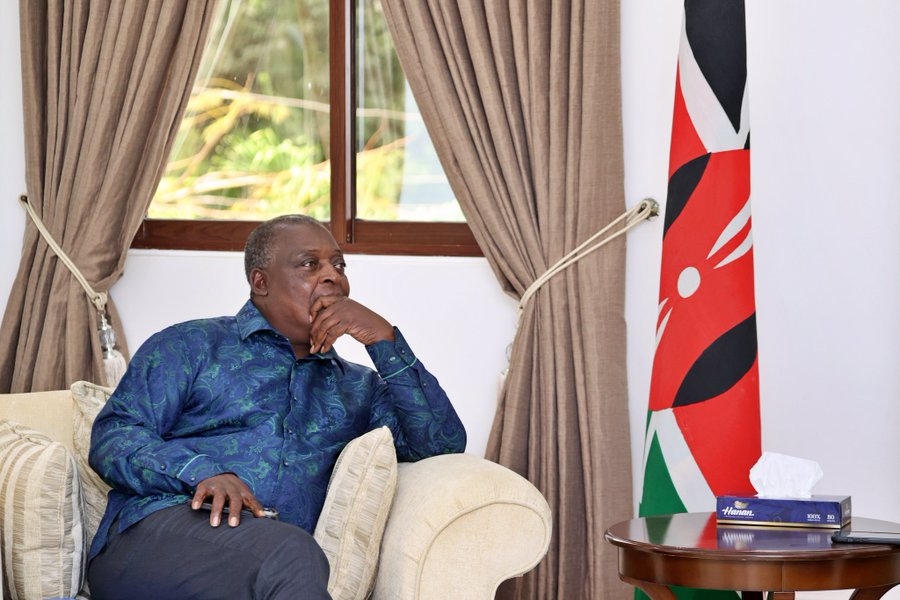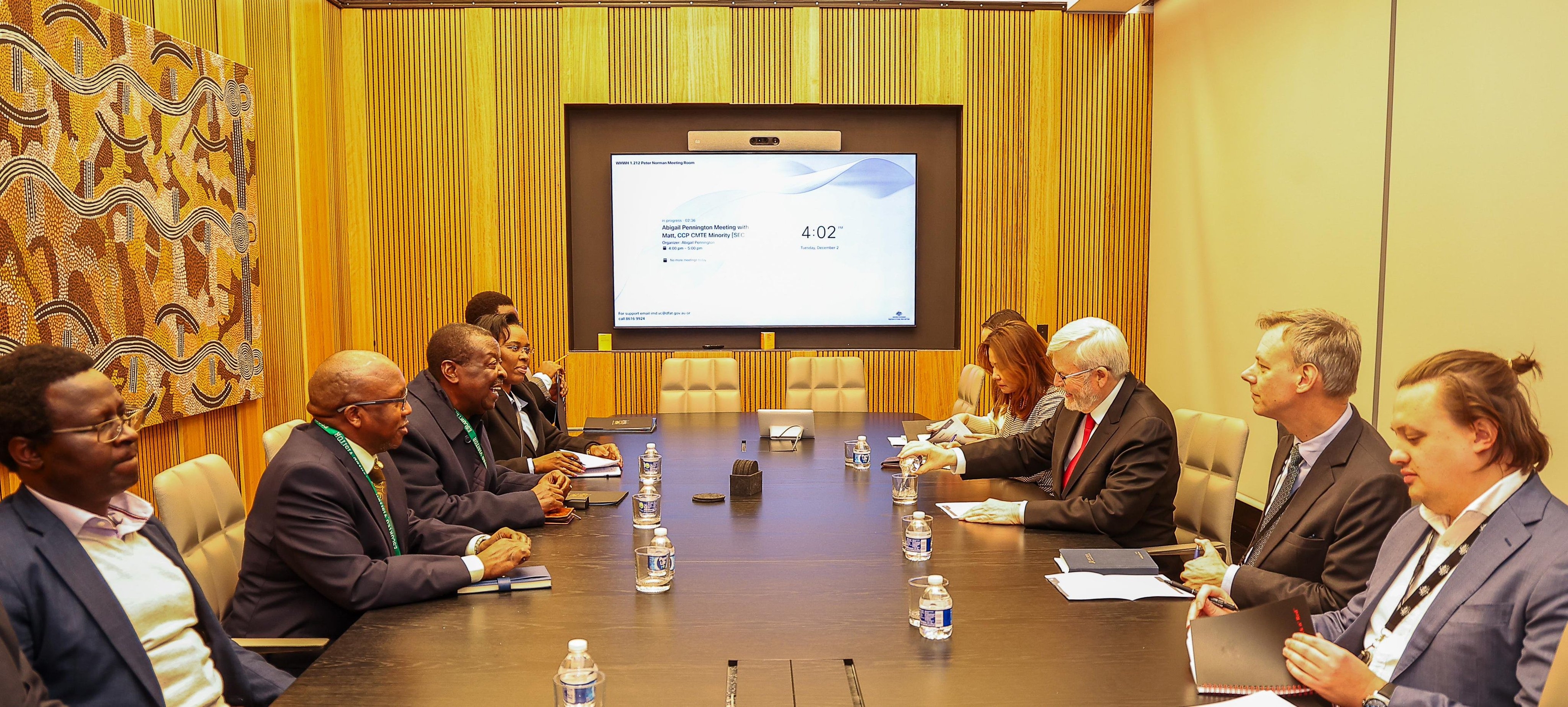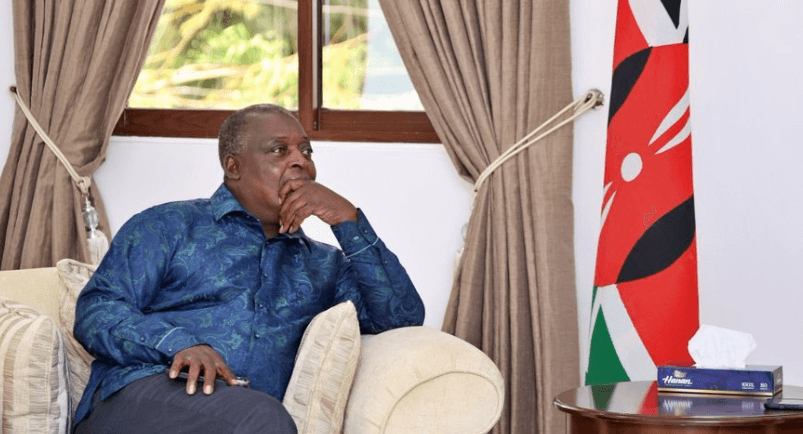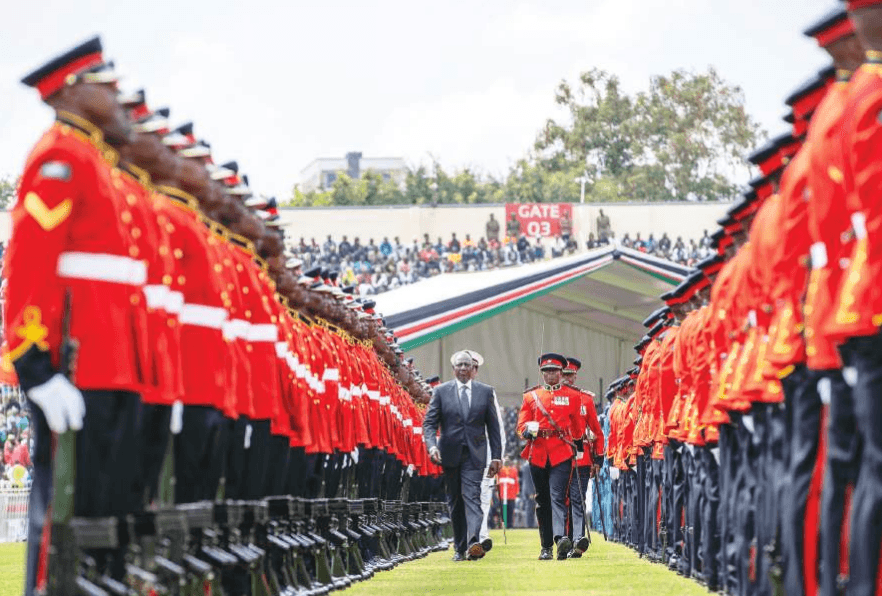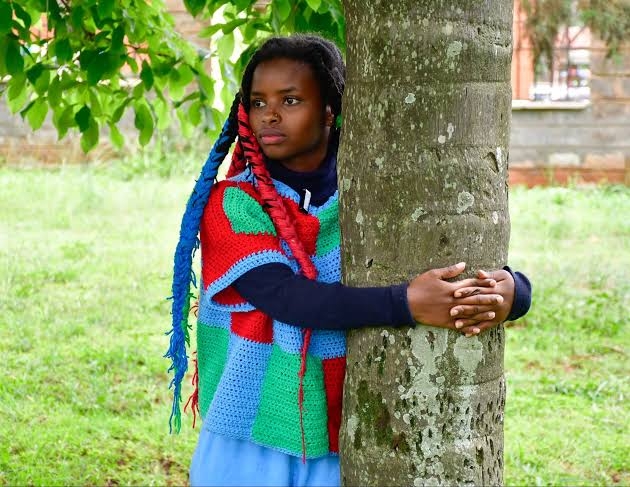A recent study in Scientific Reports has brought to light a remarkable behaviour: the first documented case of an orangutan treating its wound with a medicinal plant. This incident was observed in Indonesia.
The orangutan, after sustaining a facial injury, did not merely rely on its body’s natural healing processes. Instead, it sought out a specific plant and applied it to the wound.
The researchers also observed that the orangutan engaged in restful behaviour post-treatment which points to an understanding of the importance of rest in the healing process. The wound closed and completely healed in a few weeks.
The orangutan's natural healthcare behaviour serves as a powerful metaphor for the potential of human beings empowered through Primary Health Care (PHC).
At its essence, PHC is a philosophy of empowerment. It is about providing individuals and communities with the knowledge, tools and resources necessary to take control of their health destinies.
If an orangutan, through its innate instincts, can utilise natural remedies to manage its health, it underscores the potential for human beings, empowered in the spirit of PHC, to achieve significant strides in the management of their health.
We therefore need the integration of traditional medicine, commonly referred to as complementary and alternative medicine, into Kenya's PHC system. This is both cost-effective and culturally resonant, which will significantly contribute to strengthening the system.
Many rural folks in the country rely on products of herbal origin to offset their healthcare needs. This shows that complementary and alternative medicine is already a component of PHC.
However, this component is an aspect that is often overlooked in our PHC discussions. In the PHC agenda that is now a top priority for the government, not much attention is paid to the wealth of traditional knowledge and healing practices that exist within communities.
Traditional medicine is not a relic of the past; it is a living, breathing repository of knowledge passed down through generations. It is a practice. woven into the fabric of community life, offering accessible and affordable care that aligns with local beliefs and customs.
The innovative integration of traditional health interventions into PHC is not just a nod to cultural practices; it is a strategic move to enhance the health outcomes of communities.
This is proved by the improvement registered in skilled delivery indicators after the training and supervision of Traditional Birth Attendants in regions where access to skilled healthcare providers during childbirth was limited.
The field of complementary and alternative medicine however, has its challenges. Loopholes in legislation and regulation have allowed unqualified practitioners to thrive.
The integration requires a thoughtful blending of science and tradition, rigorous validation of practices, and a framework that respects and preserves indigenous knowledge while ensuring patient safety.
Therefore, to harness the full potential of traditional medicine within PHC, there must be a concerted effort to close these regulatory gaps, ensuring that only qualified practitioners provide care. This will safeguard the health of individuals and maintain the integrity of traditional practices that have been beneficial for generations.
Conducting in-depth research on traditional herbs is also paramount. Scientifically studying the properties, efficacy, and safety of these medicines will form the basis for regulating these herbs, ensuring their quality, purity and appropriate usage.
Another challenge we should also focus on, if our integration of alternative medicine in PHC is to be successful, is climate change. The detrimental effects of climate change jeopardise the availability and sustainability of herbal remedies, key components of alternative medicine.
For instance, for animals such as the orangutan using medicinal plants, environmental degradation reduces medicinal plant availability, compromising natural self-care mechanisms. This scarcity impacts wildlife health and also affects humans as social determinants of health are affected.
As we therefore build climate-resilient PHC, we must recognise environmental upheaval as a health issue. The health sector should hence prioritise playing a role in preserving, distributing, and sustaining indigenous trees and medicinal plants that are vital for traditional medicine.
CECM for Health, Garissa county. [email protected]


